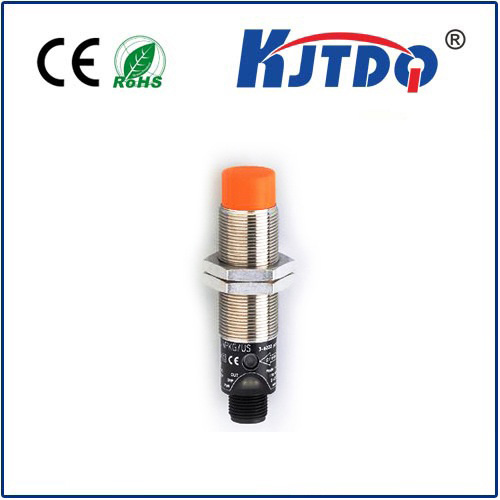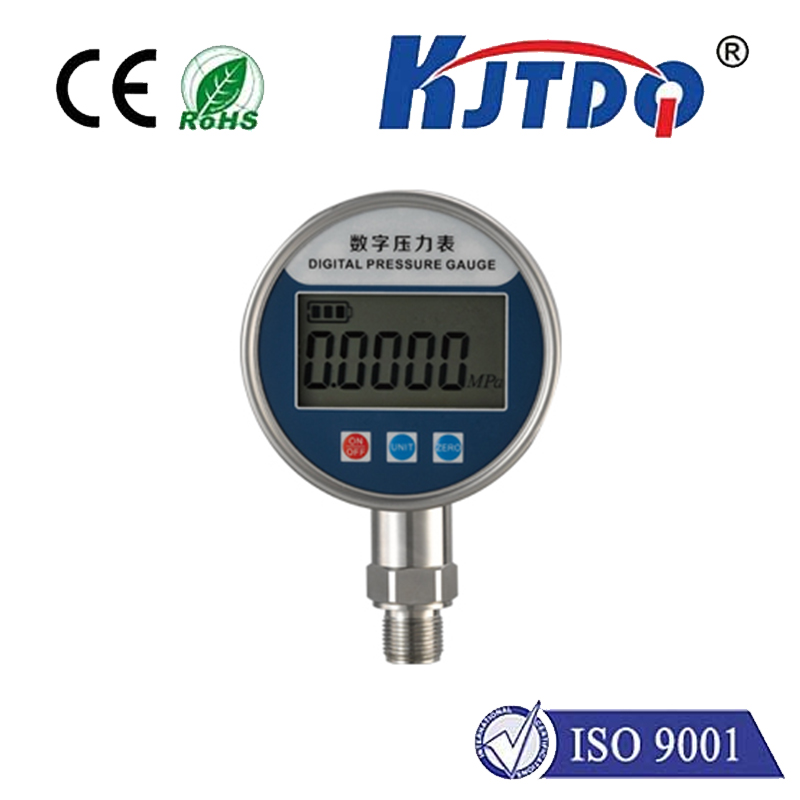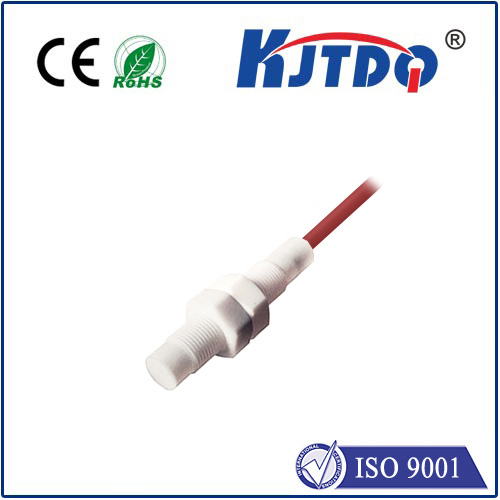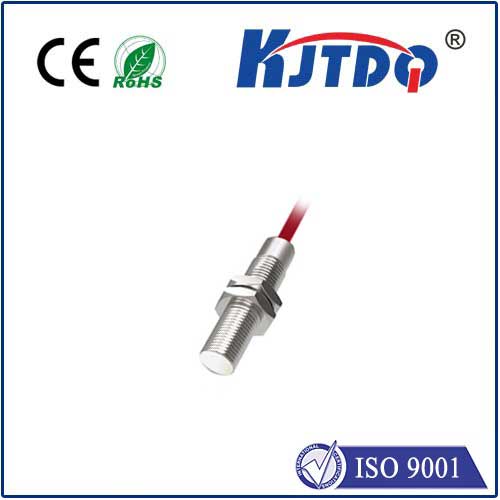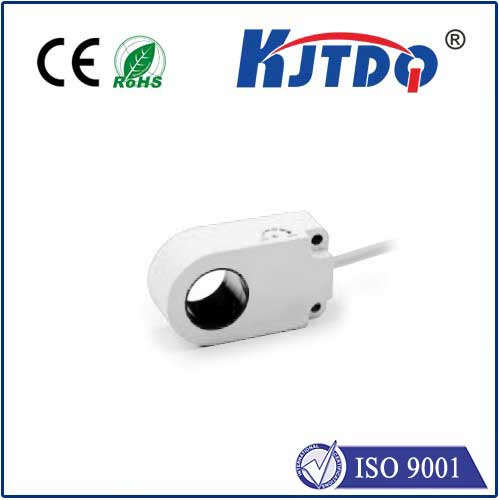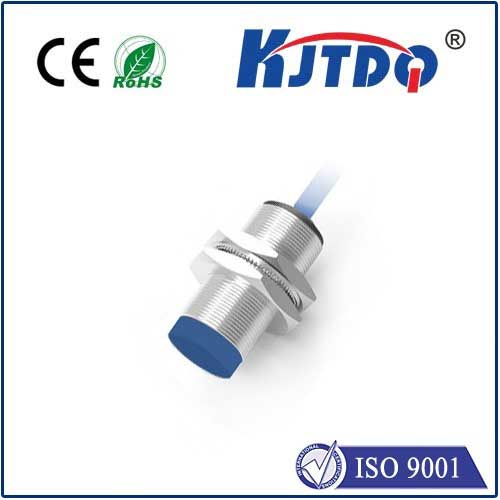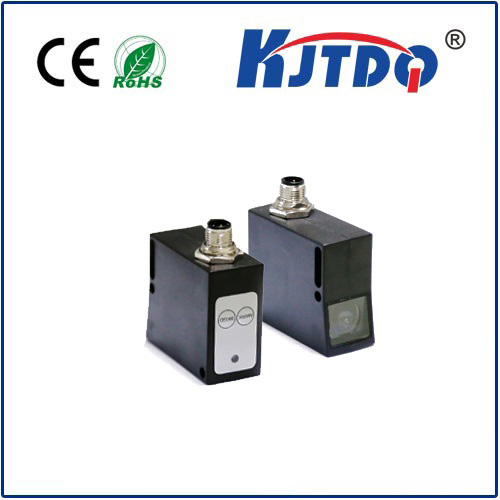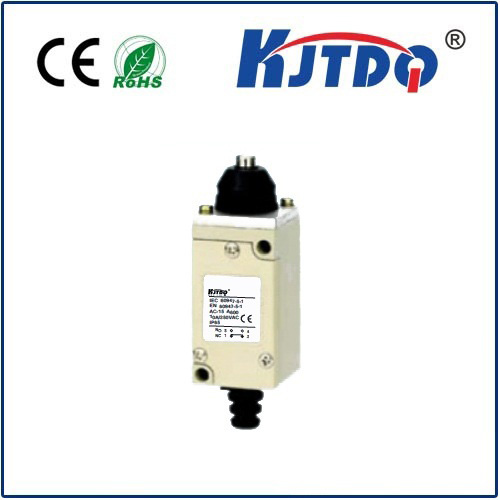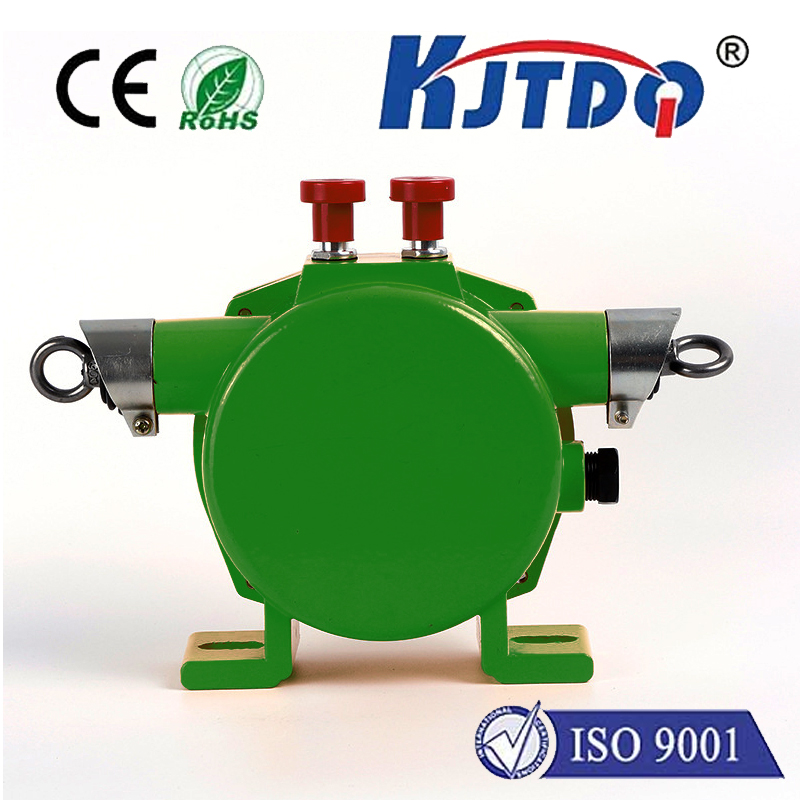

check

check

check

check

check

check

check

check

check

check
Understanding Magnetic Distance Sensors: An In-Depth Look
Magnetic distance sensors, also known as proximity sensors or magnetic position sensors, are devices that measure the distance between a target object and the sensor itself using the principles of magnetism. They rely on the change in the magnetic field caused by the presence of a ferrous material to determine precise distance measurements. Unlike optical or ultrasonic sensors, magnetic distance sensors work effectively even in environments with poor visibility or high levels of dust and dirt.
At their core, magnetic distance sensors operate based on the Hall effect, named after scientist Edwin Herbert Hall who discovered it in 1879. The principle is simple yet powerful: when a magnetic field interacts with an electric current flowing through a semiconductor, a voltage potential difference is created across the material. This phenomenon is known as the Hall effect. Modern magnetic distance sensors use integrated circuits designed to measure this voltage difference, which corresponds directly to the strength and proximity of the magnetic field—and thus, the distance to the target object.
The versatility of magnetic distance sensors makes them suitable for a wide array of applications across various industries:
In the realm of industrial automation, these sensors are indispensable. They are used to monitor and control the position of machinery parts, ensuring everything runs smoothly and efficiently. For instance, they can track the retractable arm of a robotic system, providing accurate data for precise movements.

The automotive sector leverages magnetic distance sensors for various functions, such as throttle position sensing, brake pedal detection, and gear shift monitoring. These sensors contribute to enhancing vehicle performance and driver safety by providing real-time data to the car’s electronic systems.
Household appliances like washing machines and refrigerators utilize magnetic distance sensors to detect door positions and ensure they close properly. Such applications help improve appliance efficiency and user experience.
In the medical field, these sensors play a crucial role in devices like MRI machines, where precise control is essential. They help in accurately positioning components within the magnetic field, thereby contributing to better imaging quality and overall performance.
One of the primary advantages of magnetic distance sensors is their robustness. They are less susceptible to environmental factors like dust, dirt, and light variations compared to optical sensors. This makes them ideal for harsh industrial environments.
These sensors provide non-contact measurements, which means there is no physical wear and tear over time. This leads to increased longevity and reliability.
Magnetic distance sensors offer high accuracy, making them suitable for applications requiring precise measurements. The ability to function accurately over varying distances ensures consistent performance.
Despite their many benefits, magnetic distance sensors do come with some challenges. For example:
These sensors can be affected by nearby magnetic fields, which may lead to inaccurate readings if not properly shielded or calibrated.
Though effective, magnetic distance sensors generally have a more limited range compared to some other types of sensors. This might require strategic placement or additional units to cover larger areas.
In summary, magnetic distance sensors represent a powerful tool in the modern world’s quest for precision and efficiency. Their unique capabilities make them indispensable in a variety of applications, from industrial automation to everyday household items. As research and development continue, we can expect even greater advancements in this field, opening up new possibilities for innovation and progress.
